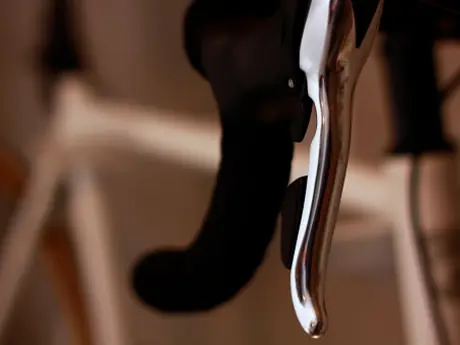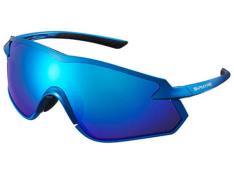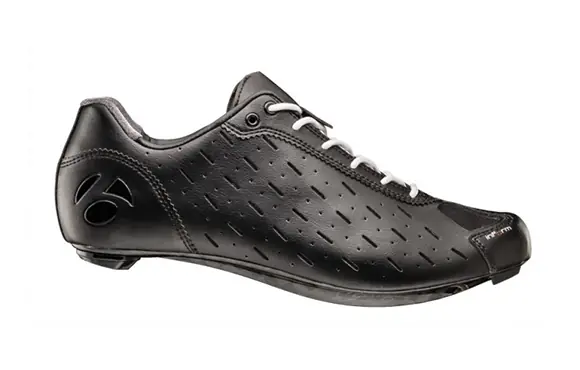
Thankfully, gone are the days when wearing a helmet was considered "uncool." Now it's a requirement for not just organized rides and races, but many cities have made it illegal to ride without a helmet—especially for minors.
It makes sense—in a sport where a thin layer of Lycra is often all that's between the ground and your skin, it's important to protect your head with something a bit more substantial.
Modern road helmets are an engineering marvel. They strike a fine balance between protection (from multiple angles), aerodynamics, ventilation and weight, and most of the mainstream brands have developed some impressive offerings at a variety of price points. Some helmets now even feature built-in technology to reduce concussions and crash sensors that work as a safety beacon.
But when should you replace your helmet? What situations warrant a helmet be discarded?
Like a bike chain, a helmet isn't good forever. There are a few ways to tell if you need to replace your helmet.
Spoiler alert: If you're unsure, it's better to be safe than sorry. We're talking about your noggin after all.
Every Five Years (or so)
It's commonly accepted knowledge that cyclists should replace their helmet every three to five years. While this is a loose rule and depends on how much you ride and the condition of the helmet, it's a great starting point when determining if your helmet should be replaced.
Even without a major crash, five years of small bumps, drops and exposure to weather can break down the foam and leave you less protected in case of a spill. Like bike and component technology, helmet technology also improves at a rapid rate, so after five years there will be plenty of innovations that will increase the protective qualities of the replacement helmet.
Major Impacts
Generally speaking, if you crash and hit your head, it's time to replace your helmet. The thin plastic shell around the helmet can be pretty resistant to scratching and tearing, but even the smallest impact can compromise the structure of the internal foam shell.
A helmet's main job is to disperse the energy from colliding with the ground away from the head, and this is accomplished by the foam cracking and breaking down under impact. If it has done its job once already, it won't be as effective the next time you take a tumble—and this can lead to serious (sometimes life-threatening) injury.
Other Damage
We've mentioned checking for structural damage after a major impact, but it's always a good idea to regularly inspect your helmet for any damage—no matter if you've crashed or not.
Check the outer shell for tearing or dents, check the straps for fraying, make sure the plastic buckles are in working order, make sure the closure system stays snug and double check that the pads are securely in place.
Remember, issues are uncommon if the helmet hasn't been subjected to any sort of trauma, so if any of these features have been compromised, it can be a sign of a bigger, underlying problem and it's time to consider replacing your helmet.
How to Maximize Your Helmet's Lifespan
We know helmets aren't cheap, but luckily there are a few ways to make sure your helmet lasts as long as possible.
First, always store your helmet indoors and in a dark, dry location. Exposure to UV sunlight and moisture can degrade the outer shell and internal foam liner over time, making it less effective in a crash.
Next—and this one is easy—be careful with your helmet. Don't throw it into the back of your car or pack it at the bottom of a checked bag when you fly. It's designed to be durable, but try to limit the bumps and scuffs whenever possible.
Lastly, keep it as clean as possible. Sunscreen and sweat don't play nicely with the foam layer in your helmet, so it's important to keep it clean. Wash by hand with mild detergent and hang dry (in your garage, not in the sun) after especially sweaty and grimy rides.
READ THIS NEXT: How to Choose the Perfect Cycling Helmet








Discuss This Article